At last, someone has said the phrase me and probably half a dozen blokes dosed up in 1970s rally nostalgia has been waiting for, “Make Lancia Great Again”.
Strangely it didn’t come from Lancia, operator of the world’s saddest website. Instead, it came from a 32-year old Italian entrepreneur and avid car collector Eugenio Amos who unveiled the Automobili Amos Futurista, a resto-modded Lancia Delta Integrale.
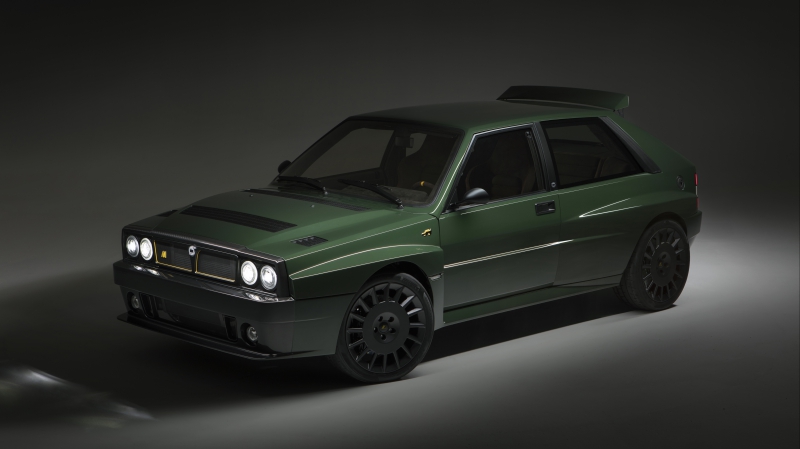
Clearly inspired by the restomod craze that has grown on the successes of Californian-based Singer and many like-minded operations around Europe, Amos’ Futurista isn’t just a fancy spit and polish job but goes the whole nine yards in thorough re-engineering.
The car’s hand-beaten aluminium panels and carbon-fibre front fascia shaves its weight by 90kg to 1250kg, whereas the welded shut rear doors contribute to a stiffer shell, and although the standard 2-litre turbocharged engine remains – albeit with an improved intercooler, intake, and exhaust – its suspension, differential, transmission, and brakes have been beefed up to cope with its newly liberated 246kW output.
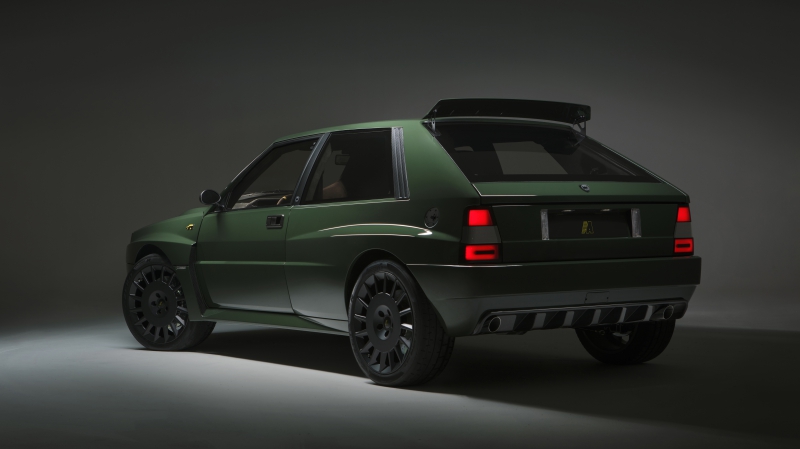
As it is with any thorough restomod work, these modifications don’t come cheap. Amos quotes a price tag of around €300,000 (excluding the donor ‘grale of course), and plans to carry out restomod works for just 15 cars.
Amos is probably the latest name to join an ever-growing cottage industry for restomodding. Besides the famed 964-masteros of Californian-based Singer or E-Type specialists Eagle, we have David Brown Automotive tweaking original Minis, Gunther Werks redefining the term “rebuilding” 993 Porsches, and Alfaholics doing what their self-descriptive name implies.

Even cashed-up individuals have gotten into the game such as investor and avid car collector, David Lee, who stuffed a V8 from an F40 into his Dino and plans to sell 25 similarly engine-swapped examples to those who can pony up USD1.3mil he is asking for.
With a classic car market heated to boiling point, it seems there is still plenty of room for more restomodding ventures to step into the game. So it is worth a while to sit back and wonder what other classic cars out there have the potential for 21st-century improvement, besides the all-too-obvious answer of “Stratos”.
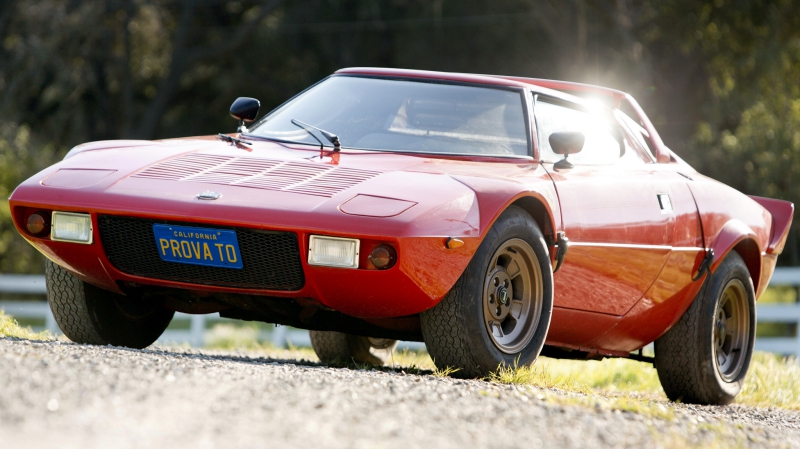
That being said, not every car with a “classic car” status gets a free pass. Not every restomod project can be turned from a money sink into a minting machine. Upon closer study of the successful restomod players and you’d notice a pattern of a few key factors that make their business case viable.
Firstly, the car has to have its place in the history books or a pedigree to its name. Well-heeled individuals who can afford proper top-down restomod works would snub something that isn’t worth putting on a pedestal in their air-conditioned garage to brag about.

Secondly, there has to be unfulfilled potential and space for improvement in the candidate car. Most restomod businesses justify their high charges by making the car better than stock as is the case with Eagle and the flawed E-Types, as nobody is going to take out the price for a modest home for modest gains.
Thirdly, the car has to be built in significant numbers. Despite all the fanfare, restomod enthusiasts only make up a relatively tiny percentage of the total classic car community. So say you are trying to get hold of a rarity like a Porsche 959 or a Mercedes-Benz 300SL Gullwing for restomodding with Canepa or Mechatronik, it would be nigh on impossible to get one for a reasonable price as even the wrecked examples are going for ludicrous sums. This, of course, leads us to our last prerequisite – not being an overpriced trinket.
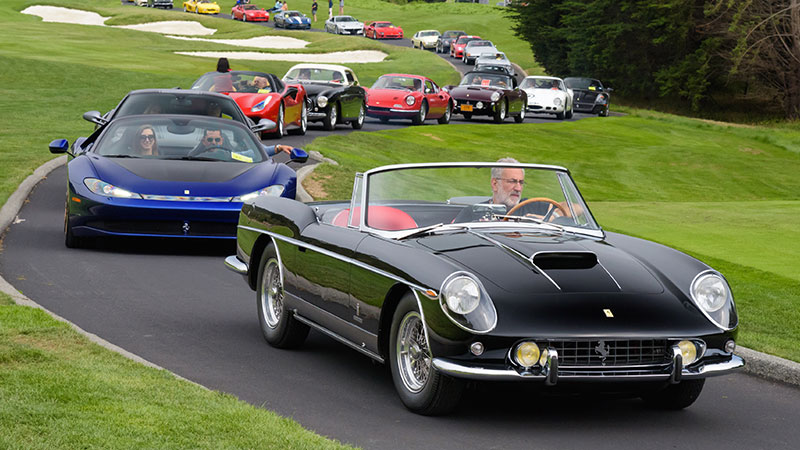
Besides the obvious Stratos, the other expected candidate for restomodding work would be classic Ferraris, but since classic Ferraris are worth their weight in antimatter these days and the people who have enough money to collect classic Ferraris have a modicum of financial sense to do the numbers in their heads, they wouldn’t risk any restomodding outside of Ferrari Classiche for fear of spoiling their investment.
Even with those stipulations in mind, we are still left with a number of interesting restomod candidates as listed below:
1980 Alfa Romeo GTV6
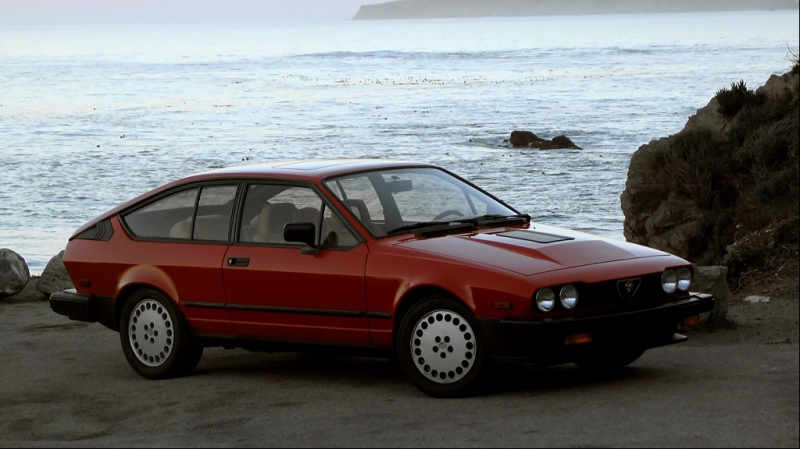
Blessed with one of history’s most delightful vee-sixes, wrapped up in a body as beautiful as its chassis, and hobbled by a temperment of a scorned lover on bath salts, the Alfa Romeo GTV6 is proof of the need for the separation of head and heart.
Its reputation for its alluring and charming character overpowering all logic and rationality is legendary in car circles. If only someone like Alfaholics is willing to polish off its engineering quirks and sharpen the package to turn it into the dream enthusiasts always imagined it to be.
1978 BMW 6-Series
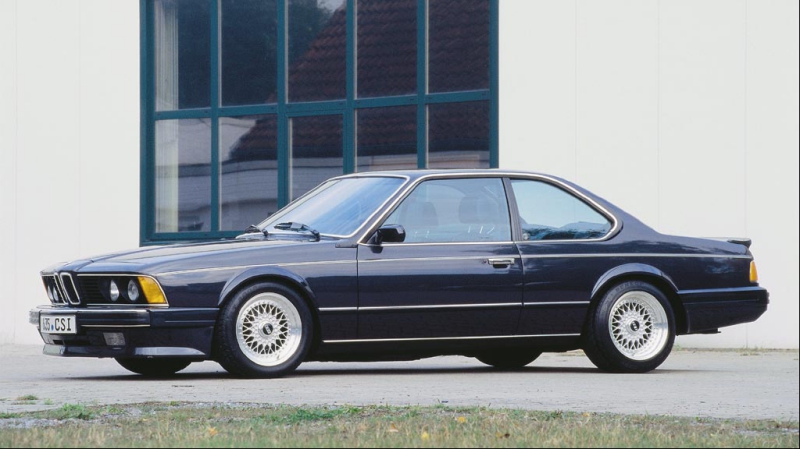
Although the 8-Series was a strong contender, BMW didn’t make too many of them, and even though prices are cheap, Munich’s flagship grand-tourer didn’t have the motorsports pedigree the first-generation 6-Series did.
The M635i arguably got the whole “M Division tweaked models” ball going, although it faded into history as the first-generation M5 and the legendary E30 M3 continued to dominate the narrative. The snark-nosed 6er has more presence and not to mention desirability, as compared to its four-door relatives to warrant a proper rebirth.
Citroën DS/SM

For those who know me, Citroën’s place here might be seen as an obligatory one considering my fascination with the French brand, but there is a reason to consider the DS and SM as ideal restomodding candidates.
Many people (who aren’t staunch wine-drinking French nationalists), still name the DS as the most beautiful car ever designed, and it is perhaps the only car to age younger with the passage of time. The four decades old SM also looks like four decades ahead of its time today. What’s more, values for these cars are starting to rise due to their increasing rarity and iconic status.
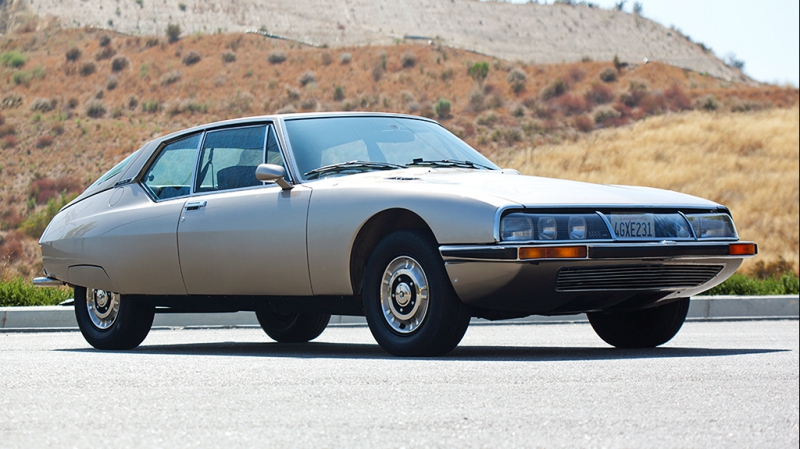
While both these cars aren’t the sort of driver’s cars to elicit the use of weight-saving and power bumping as what Singer or Amos is doing, the introduction of exquisite materials and finishings to update these icons of the past into a demonstration of the future is worth exploring.
Datsun 240Z

Many brand snobs will turn their noses up at the suggestion of a restomod Datsun, and while it is true that the original Z has a whiff of the snapback caps, it also has proper motorsports pedigree on both track racing and rally.
Instead of a lack of prestige, the only thing that makes the 240Z’s position in this list tenuous is that there really isn’t much area for major improvements as they were pretty well-engineered cars that trounced their American and European opposition with relative ease. Furthermore, with a very active modifying scene, owners and businesses might not see the value in an exclusive restomodding venture. Speaking of which…
First-generation Ford Mustang/ Mach 1
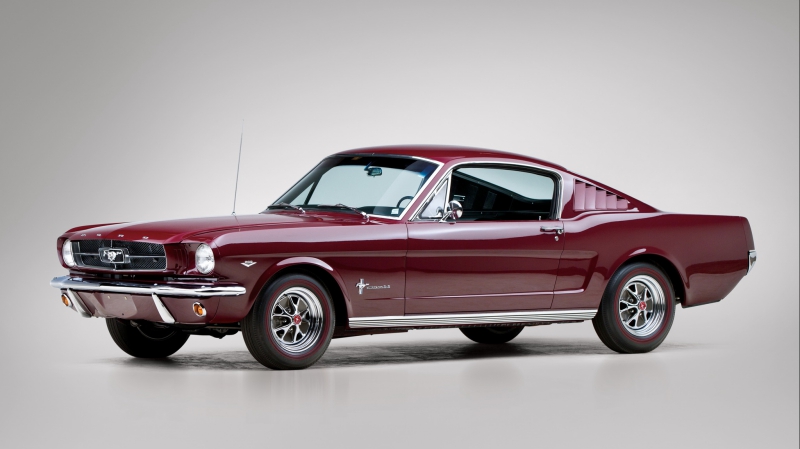
In many obvious ways, the Ford Mustang is like the Z. Not only were both cars instrumental in shaping the image of their respective brands, there still exists a relatively healthy modifying scene around both cars, so much so that creating a restomodding boutique doesn’t make for a sound business case.
Nevertheless, there is potential to be had to entice the rare few classic Mustang owners who are looking for a little more sophistication in their classics rather than just juicing up their engines to kingdom come.
Lotus Esprit Series 1 & 2
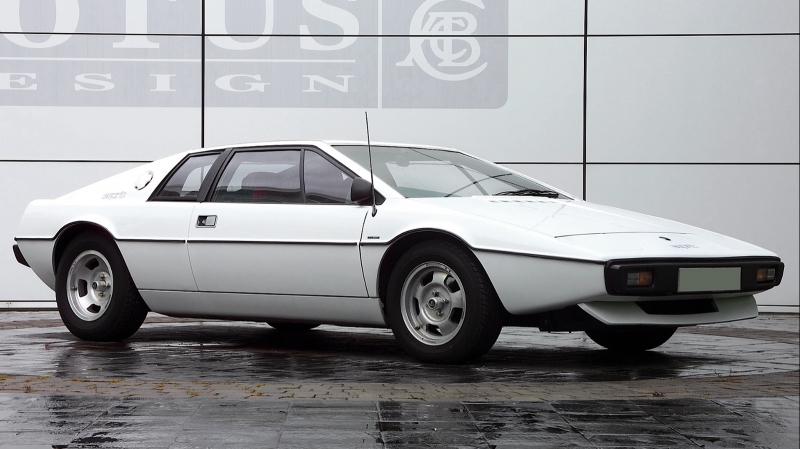
Such was the impact of the Lamborghini Countach that the more refined and petite shape of the Esprit quickly became a forgotten wedge in the supercar textbook. Although it isn’t a “supercar” by any aesthetic measure, the Esprit continued to exemplify that enduring Lotus appeal of handling finesse.
While time failed to dull that quality, it’s stodgy powertrain never quite lived up to the rest of the package, making it an ideal recipient for a raft of bank-busting 21st-century updates to make that beautiful Series 1 & 2 as attractive to own as its shape.
Maserati Bora/Ghibli/Khamsin
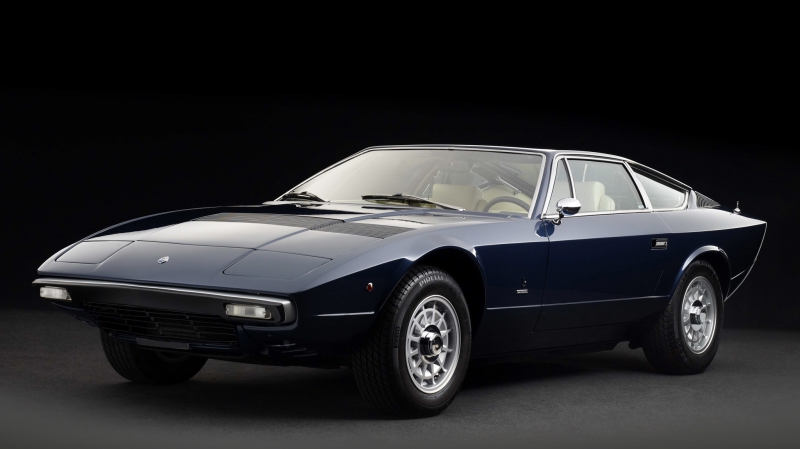
Though generally regarded as the “poorer” relation to Ferrari in FCA nowadays, Maserati used to be one of the most prestigious names in pre-war motorsports and the reserve of the wealthy elite. Even until the late-1960s to the 1970s, Maserati was still producing some of the world’s most beautiful grand tourers, the Ghibli, the Khamsin, and the Bora.
Unfortunately for Maserati, by then the illustrious Trident fell into the hands of businesses who were more interested in its name more than restoring it to its former glory. As such no much heed was paid to updating the technology put into their cars and while their engines sounded as lusty as an Italian V8 should, its engineering was rather half-hearted. Like the Alfa Romeo GTV6, the Maseratis from this era had the right ingredients for greatness, if only the chefs weren’t so apathetic in its preparation.

